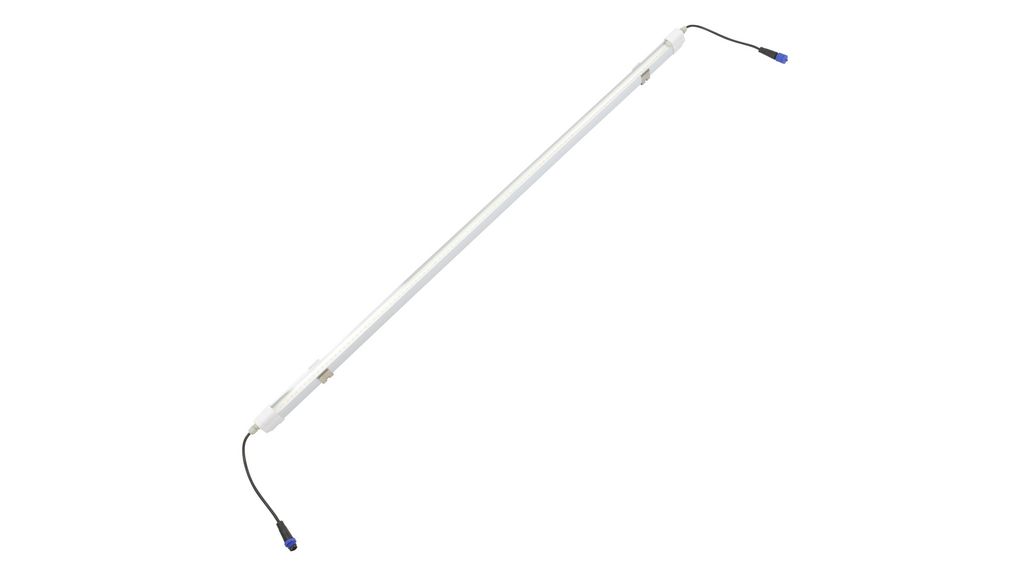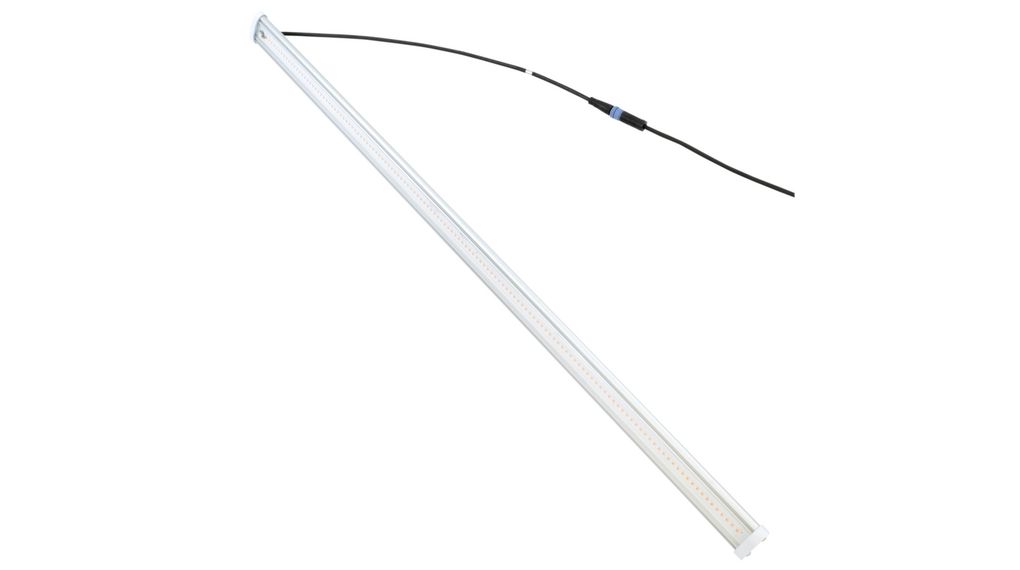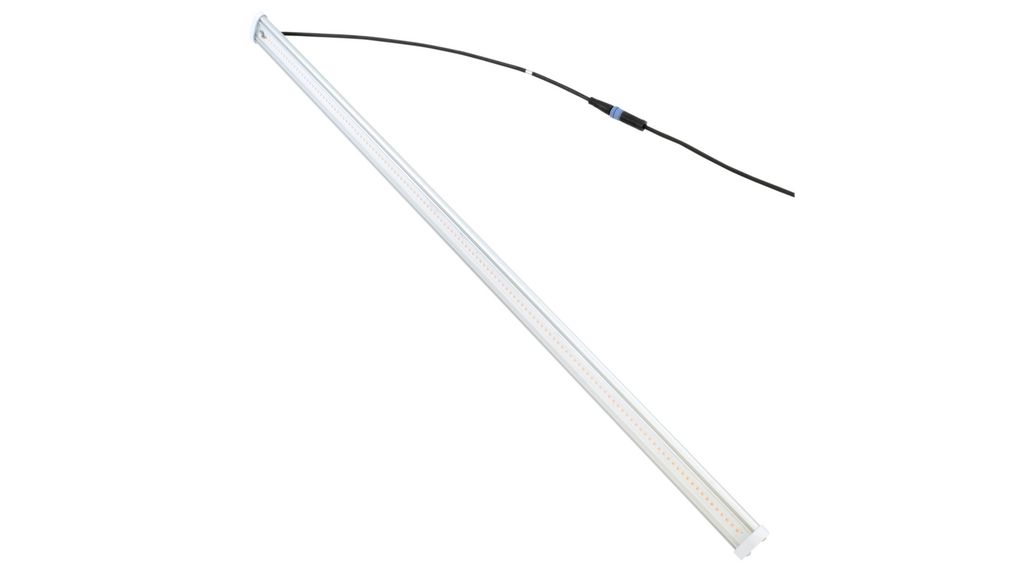
James Prietzel, Product Manager at Intelligent LED Solutions (ILS)
James is the ILS Product Manager for everything related to LEDs and has been with ILS since 2012. He is dedicated to understanding the latest technologies and innovations from leading suppliers in the OptoElectronics world, from optics, to LEDs and to Intelligent LED Drivers.
LED grow lights have become more commonplace in recent years. Therefore, we must think about not only the benefits, but also the consequences they may have.
As you likely know, bees are vital to our planet’s ecosystem. They have a key role in pollinating plants, thus helping to keep growth and production of fruits, vegetables and even nuts going. Bees alone are responsible for pollinating up to about third of the world’s crops.
Sadly, bee populations have been found to be in decline due to habitat loss, climate change and pesticide use, to name a few. Many initiatives exist to try and encourage the bee populations to flourish and grow so they can continue their crucial work.
So, are grow lights damaging to bees? In short no. When used properly and safely, LED grow lights can induce more activity from bees and thus benefit their populations.
LED grow lights can increase the quality and quantity of plants. The various wavelengths can promote and influence the colour, shape, size, and scent of flowers. Thus, making the plants more appealing and visible to bees.
Unlike human vision, bees are more sensitive to blue and green wavelengths, and can see ultraviolet wavelengths. A useful ability that allows them to locate flowers more-easily, as the flowers reflect UV wavelengths in order to attract potential pollinators. Therefore, if LED grow lights contain some of these wavelengths, particularly blue and ultraviolet, they can work to attract and increase the foraging behaviours of bees. These wavelengths help the bees in navigating and recognising flowers and food sources.

Another advantage of this is that when LED grow lights are used to extend daylight hours, this can also encourage higher reproductive success and pollination in bees during these low-daylight conditions. By increasing light access during winter months when daylight hours are shorter can keep bee colonies active for longer.
Like anything though, there can be too much of a good thing. LED grow lights using strong quantities of blue of UV light without other wavelengths can overstimulate and confuse bee navigation, causing adverse effects. Such excessive use of these wavelengths therefore can damage bee populations. But fortunately, most horticultural LED grow light applications use multiple wavelengths across the spectrum, meaning that they are less likely to interfere with bees’ senses.
Bees are also able to detect polarization of light, which refers to the direction of the electric field of light waves. Bees use this to navigate and orient themselves in relation to the sun. LED grow lights can produce light with a high degree of polarization, so can be beneficial to bees by providing a stable reference point to follow, particularly on foggy or cloudy days.
Typically, fruiting crops like berries, citrus trees and tomato vines will thrive under LED grow lights. Providing them with additional wavelengths will increase fruit production and promote flowering, helping to attract more bees. While herbs like basil, mint and lavender are also extremely attractive to bees due to the addition of their distinctive aromas. Such herbs flourish under full-spectrum LED grow lights. And so, with the right plants and the right supplemental lighting, LEDs can help create an ideal environment for bee populations.
Recommended products
Grow Light, 20W, 240V, 1m x 32mm, Intelligent Horticultural Solutions

Grow Light, 40W, 277V, 1m x 56mm, Intelligent Horticultural Solutions

Grow Light, 75W, 277V, 1m x 56mm, Intelligent Horticultural Solutions











